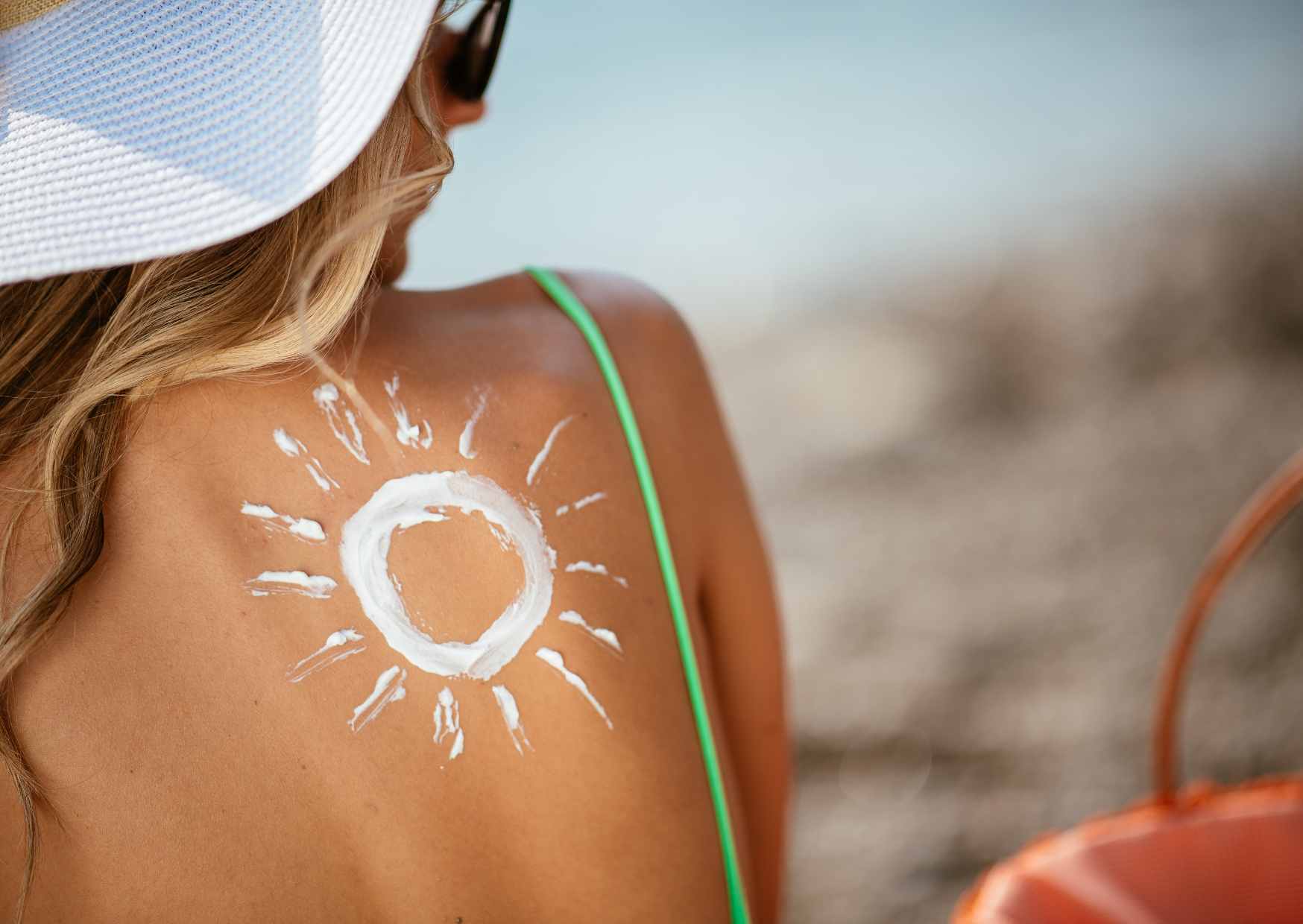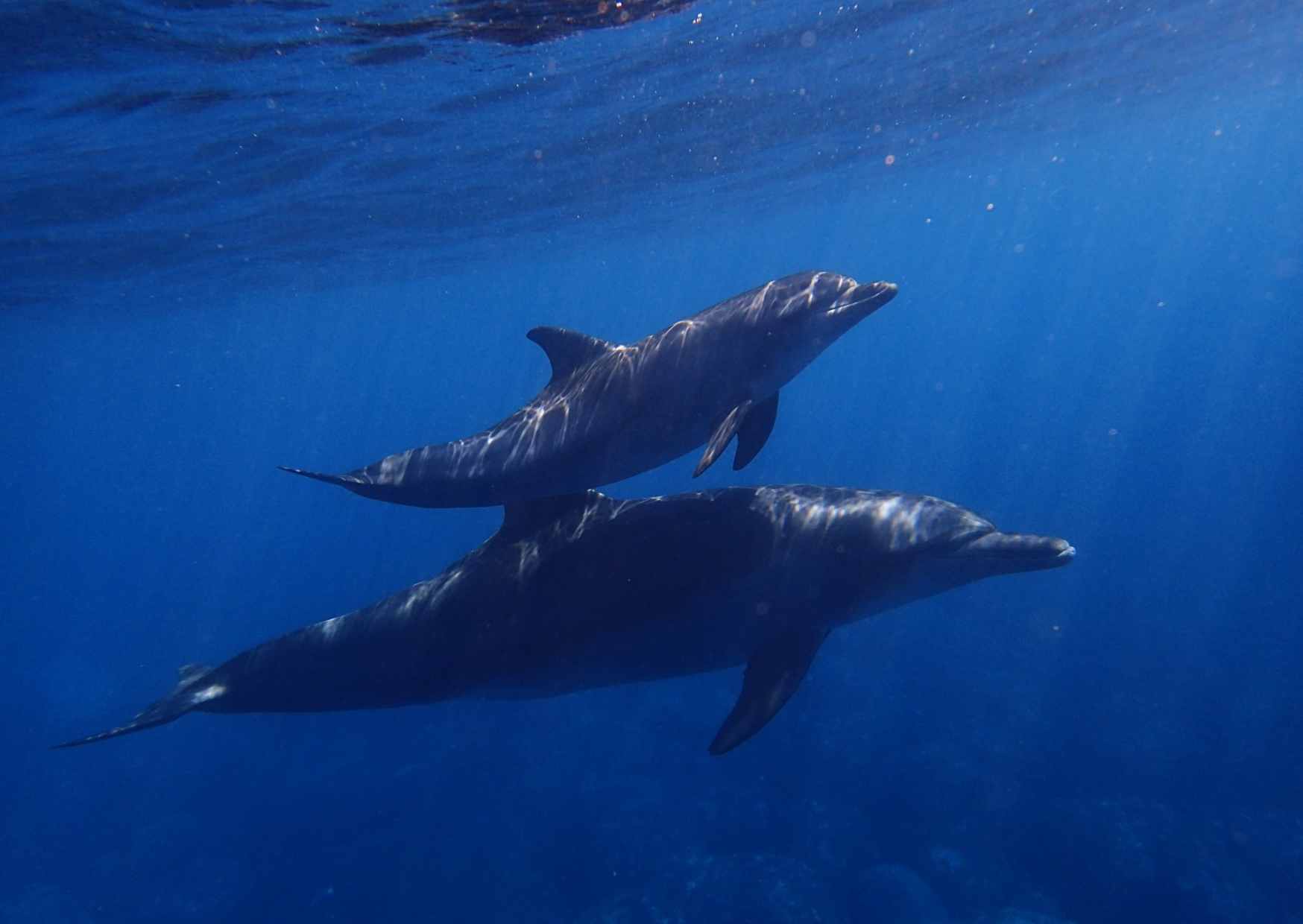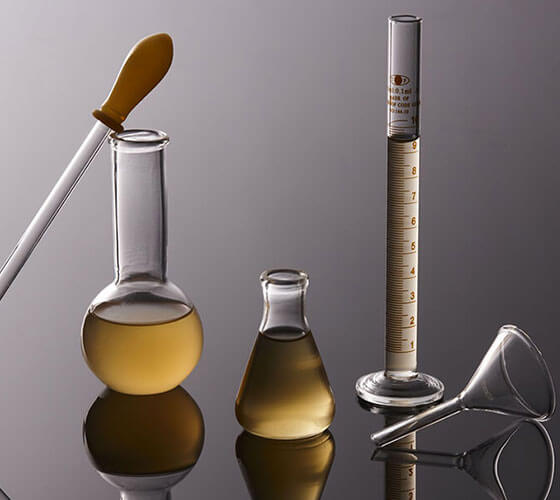The Environmental Impact of Sunscreen: The Growing Ocean-Friendly Community

More people are joining the ranks of ocean-friendly enthusiasts, and it's vital for us to understand the impact of non-ocean-friendly products on our environment. While a dedicated few are already making a difference, it's time for everyone to get involved. Together, we can create a healthier environment and a better future.
The Impact of Sunscreen on Marine Life
Chemicals in sunscreens can harm marine ecosystems by:
- Damaging the growth and photosynthesis of algae.
- Accumulating in coral tissues, causing bleaching, DNA damage, larval deformities, and even coral death.
- Causing developmental defects in mussel larvae.
- Harming the immune and reproductive systems of sea urchins and deforming their offspring.
- Reducing fertility and reproductive capabilities in fish, leading to male fish developing female characteristics.
- Accumulating in dolphin tissues and transferring to young dolphins.


The Case Against Chemical Sunscreens
The Environmental Working Group (EWG) has long monitored common sunscreen ingredients like oxybenzone and octinoxate, approved by the FDA. They found that chemical sunscreens, which absorb UV rays, are fully absorbed by the skin, potentially causing allergies or hormone disruptions.
EWG also highlights that children are more susceptible to these chemicals due to higher absorption and bioaccumulation potential. Recent studies, in line with past research, show oxybenzone as an endocrine disruptor, potentially increasing risks for breast cancer and endometriosis. It's advisable to check your sunscreens and avoid products containing oxybenzone.
The Benefits of Physical Sunscreens
In contrast, physical sunscreens use natural minerals like zinc oxide and titanium dioxide to block or reflect UV rays. These ingredients are not only recommended by EWG but also recognized as safe and effective by the FDA.
Every year, 14,000 tons of sunscreen, containing 10% oxybenzone, wash into coral reef areas frequented by tourists. Due to increasing awareness, places like Palau, the U.S. Virgin Islands, Key West, and Hawaii have banned sunscreens with oxybenzone or octinoxate.
Many brands now offer physical or ocean-friendly sunscreens. Beyond using non-toxic sunscreen, the best environmental practice is to wear UPF clothing for physical sun protection, such as umbrellas, hats, sunglasses, neck scarves, sleeves, and long-sleeved clothing. Avoid outdoor activities during peak UV times to prevent heatstroke or sunburn. Embrace physical sun protection for a better summer.
Embracing Ocean-Friendly Skincare
Hi-Q's Fucoskin is derived from brown algae extract, starting from the ocean, without containing any harmful substances. This makes it a natural and eco-friendly choice for skincare and sunscreen products. Through a series of clinical and efficacy tests, its ability to combat photoaging, smooth fine lines, and enhance skin elasticity and firmness has been demonstrated. Moreover, this sustainable ingredient is COSMOS Approved, ensuring that the beauty routine does not compromise the environment.
By incorporating Hi-Q FucoSkin, which features fucoidan seaweed extract for cosmetics of sunscreen, you can offer consumers the benefits of radiant, youthful skin, while ensuring that your products align with values of environmental stewardship and sustainability.


